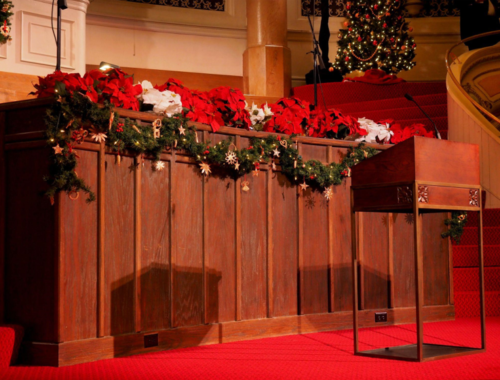
Nativity Scenes and Cribs: The Time-honored Tradition of Retelling the Christmas Story
The History of Nativity Scenes: Tracing the Roots of a Global Tradition
Christmas is a time of the year that brings joy and hope to hearts all over the world. Families come together to celebrate this special occasion, and one of the most beloved traditions is the creation of Nativity scenes or Christmas cribs. This time-honored tradition is a beautiful way of retelling the story of the birth of Jesus Christ and reminds us of the true meaning of Christmas.
Nativity scenes have been a part of Christian tradition for centuries but have gained greater popularity in the last few hundred years with the widespread celebration of Christmas. They usually depict the scene of Jesus’ birth in the stable in Bethlehem, with Joseph and Mary, the shepherds, the wise men, and the animals present. The figurines and props used in modern-day Nativity scenes come in all shapes and sizes, from miniature to life-size, and can range from simple to very elaborate. Some people even go to great lengths to make their own or collect them and display them every year.
The tradition of Christmas cribs has its roots in the story of St. Francis of Assisi, who is said to have created the first Nativity scene in 1223. According to the legend, St. Francis visited the town of Greccio in central Italy, where he was struck by the simplicity and poverty of the people. He then decided to create a live Nativity scene with real people and animals to help them experience the awe and wonder of the Christmas story. This idea was then widely adopted throughout Christendom, and soon after, people started creating miniature versions of the scene as part of their Christmas decorations. The Nativity scene became a popular way of communicating the message of the birth of Jesus Christ to the masses, and it has since become an integral part of the Christmas celebration.
The Cultural Relevance of Nativity Scenes: Celebrating Unity and Faith Through Art and Tradition
Aside from its religious significance, the Nativity scene has also become a cultural icon of the Christmas season. It is a symbol of the love and hope that Christ brought into the world, and its enduring popularity is a testimony to the enduring appeal of the story of his birth. Every year, Nativity scenes can be seen in various public places, including churches, shopping malls, and town squares, as well as in private homes. In some places, competitions are even held to see who can create the most beautiful, elaborate, or creative Nativity scene.
In addition to its artistic and cultural value, the Nativity scene also has an economic impact. The demand for Nativity figurines, props, and accessories has created a thriving market for manufacturers, artisans, and shops that specialize in selling them. This industry has provided income and employment opportunities for countless people and has helped boost local economies, particularly in countries where the tradition is deeply rooted. In conclusion, the Nativity scene or Christmas crib is a beloved tradition that has been celebrated for centuries. It is a beautiful way of retelling the story of the birth of Jesus Christ and reminding us of the true reason for the Christmas celebration. Its enduring popularity and wide appeal across different cultures and countries are a testament to its lasting significance. May this tradition continue to inspire joy and hope in the hearts of people all over the world.
You May Also Like

How to Create a Festive Atmosphere with Garland Christmas, Slim Flocked Christmas Tree
February 3, 2024
Flocked Artificial Christmas Trees and Tabletop Options
June 20, 2024

